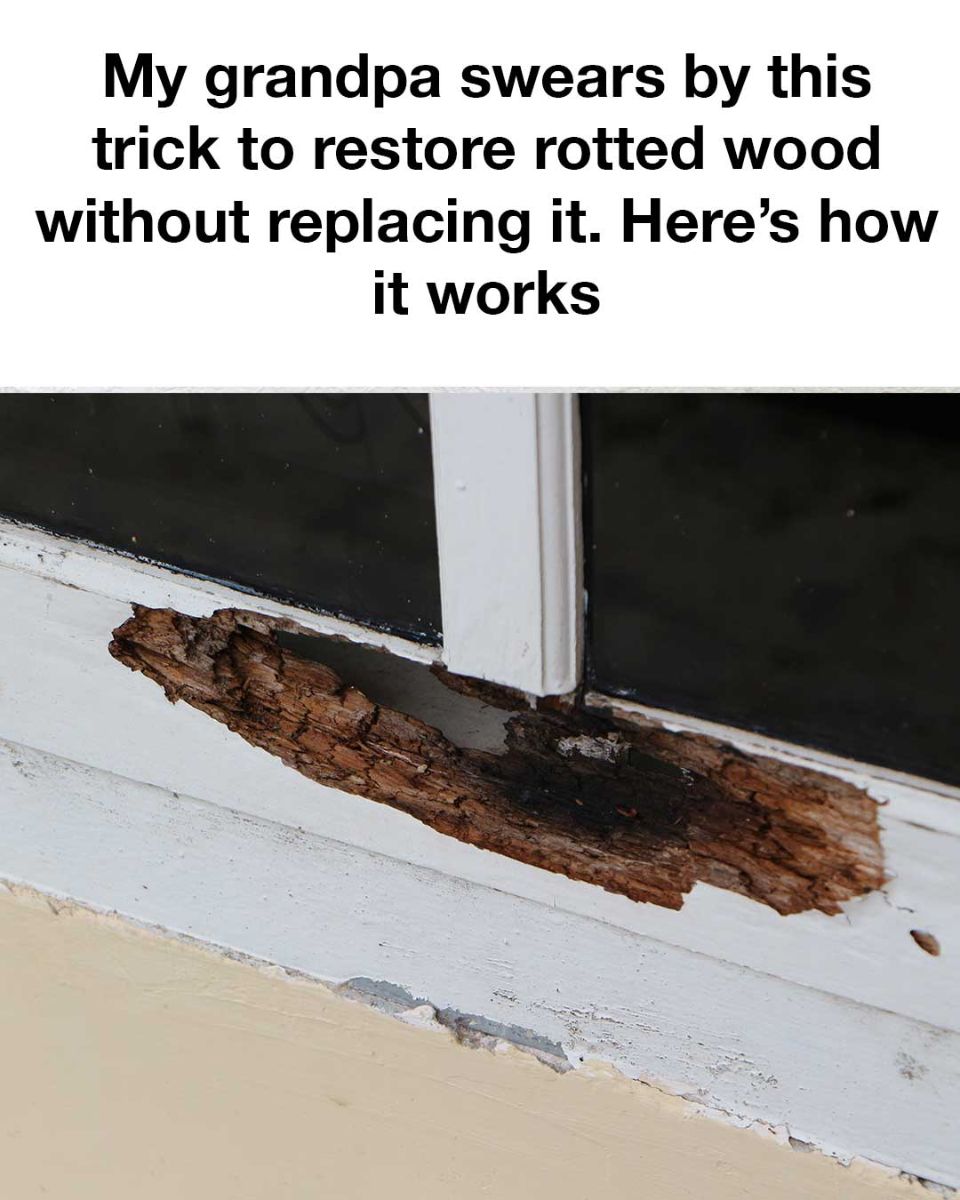Grandpa advises always testing a small inconspicuous area first to ensure compatibility with your existing wood. He also recommends working in dry weather conditions to avoid introducing additional moisture during the restoration process.
Common Mistakes to Avoid
Common mistakes include not removing all the rotted wood, which can allow the rot to spread further, and not letting the epoxy consolidant cure properly before applying the wood filler. Make sure to read and follow all instructions carefully.
Comparing with Other Restoration Methods
Compared to complete replacement, this restoration method is much less invasive and more affordable. Other methods, like using only fillers or sealants, may not penetrate and stabilize the wood as effectively as using an epoxy consolidant.
Real-Life Success Stories
Many users have reported successfully restoring antique furniture, outdoor wooden decks, and structural beams using this method. These success stories highlight the versatility and reliability of this wood restoration trick.
Frequently Asked Questions
Q: How long does the restoration process take? A: Typically, the entire process can take a weekend, including drying and curing times. Q: Can this method be used on all types of wood? A: Yes, but always test a small area first. Q: How long will the restored wood last? A: With proper maintenance, the restored area can last for many years.
Conclusion and Final Thoughts
Restoring rotted wood doesn’t have to be a daunting or costly endeavor. With a few tools, quality materials, and a little bit of patience, you can repair and restore wood effectively. This method, as sworn by my grandpa, proves that with the right approach, even rotted wood can find new life.

